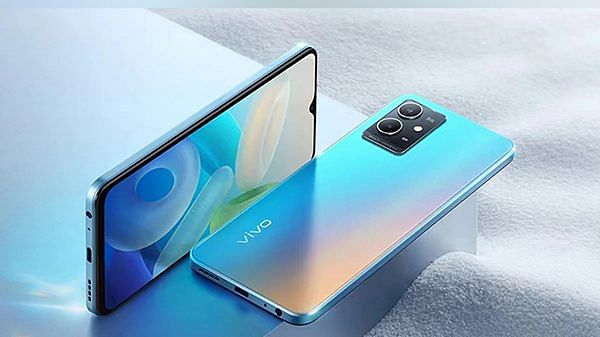In the ever-evolving world of technology, while Apple, Samsung, and Xiaomi often dominate headlines, a fourth player has been making quiet yet confident strides in the smartphone market. In December 2022, Vivo even managed to almost match Xiaomi’s market share in Q4 2022, according to CounterPoint Research. Its pie stood at 18 per cent. This impressive feat comes despite the smartphone market shrinking in India, following global trends. In the latest Q1 2023 report by CounterPoint Research it did lose some market share by a per cent but now it has usurped Xiaomi to become the 2nd largest smartphone player in India.
Part of the massive BBK Group, which also owns OnePlus, Oppo, and Realme, Vivo has consistently differentiated itself from its sister companies. Although these other brands often display commonalities in their products, Vivo has maintained its unique identity while also establishing a strong manufacturing base in India. Initially perceived as a brand catering to the masses, Vivo began shifting gears in 2020, particularly with the launch of its premium X-series smartphones.
The USP
In my opinion, Vivo is the brand that has made most improvements in the past four years, filling the void left by Huawei and its sub-brand Honor after they were crippled by US sanctions. The innovative X-series has propelled Vivo to new heights, with features that even giants like Apple and Samsung have not dared to introduce. For instance, the micro-gimbal technology introduced in the 2020 X50 Pro demonstrated Vivo’s cutting-edge approach to low-light photography, outperforming other brands’ stabilisation techniques.
Camera quality is now arguably the most important factor for consumers, and Vivo’s focus on this aspect has enabled it to leapfrog, leaving behind more established competitors. In 2021, Vivo solidified its commitment to photographic excellence by partnering with renowned lens maker Carl Zeiss. This fruitful collaboration has produced top-tier camera phones such as the Vivo X60, X60+, X70, and X80 Pro.
Consistently rated among the best still camera phones globally, these devices rival Google’s Pixel line, Samsung’s Galaxy S series, and the iPhone. In terms of still and portrait photography, last year’s X80 Pro even matched Google’s Pixel 7 Pro for many users, this author included. Moreover, its gimbal technology made it the second-best option for video recording, after the iPhone 14 Pro.
The recent launch of the X90 Pro further raises the bar. Building on the custom v1 chip introduced in the X80 Pro, the X90 Pro features the v2 chip, which enhances both the camera and display. Boasting a Sony 1″ IMX989 sensor, the fastest Zeiss lens at F/1.75, and an impressive telephoto camera, the X90 Pro showcases Zeiss’s software prowess with innovative features such as lens flare mode and simulations of iconic vintage lenses. Furthermore, the phone replaces gimbal stabilisation with a CIPA 4 rated optical stabilisation element, offering superior night-time video quality. At 1080p resolution, the X90 Pro may even surpass the iPhone in video quality for some users.
Also read: Apple has outdone itself with its Delhi, Mumbai stores
Innovation at the core
This relentless focus on innovation has propelled Vivo’s steady ascent in the premium segment. In the mass market, its V series has also gained traction thanks to a design-centric approach and camera features that cater to local tastes, including a colour-changing back and an Indian wedding-style camera mode with a ring light that’s only found in large selfie ring lights stands. Its Series-T of phones has also started challenging the budget offerings from Redmi and Realme. Vivo has also hived off a sub-brand called iQOO that is focussing on the gaming segment and pure speed. iQOO even has a collaboration with BMW Motorsport to highlight its pedigree. Vivo’s brand image also got a boost from IPL title sponsorship that lasted till the end of 2021 season.
Vivo’s software has come a long way, too. FunTouch OS now offers a hassle-free, bloat-free experience reminiscent of the Google Pixel. Eager to further enhance its offerings, Vivo plans to double down on security features, mimicking Samsung’s Knox and the efforts of Google and Apple. This move aims to dispel any lingering concerns associated with its Chinese origins, particularly in light of tensions between India and China.
If Vivo maintains its current trajectory, it will soon close in on Samsung, just the way Xiaomi did a couple of years ago.
Sahil Mohan Gupta is Founder, warpcore, and Editor, Technology at Acko Drive. Views are personal.
(Edited by Anurag Chaubey)



